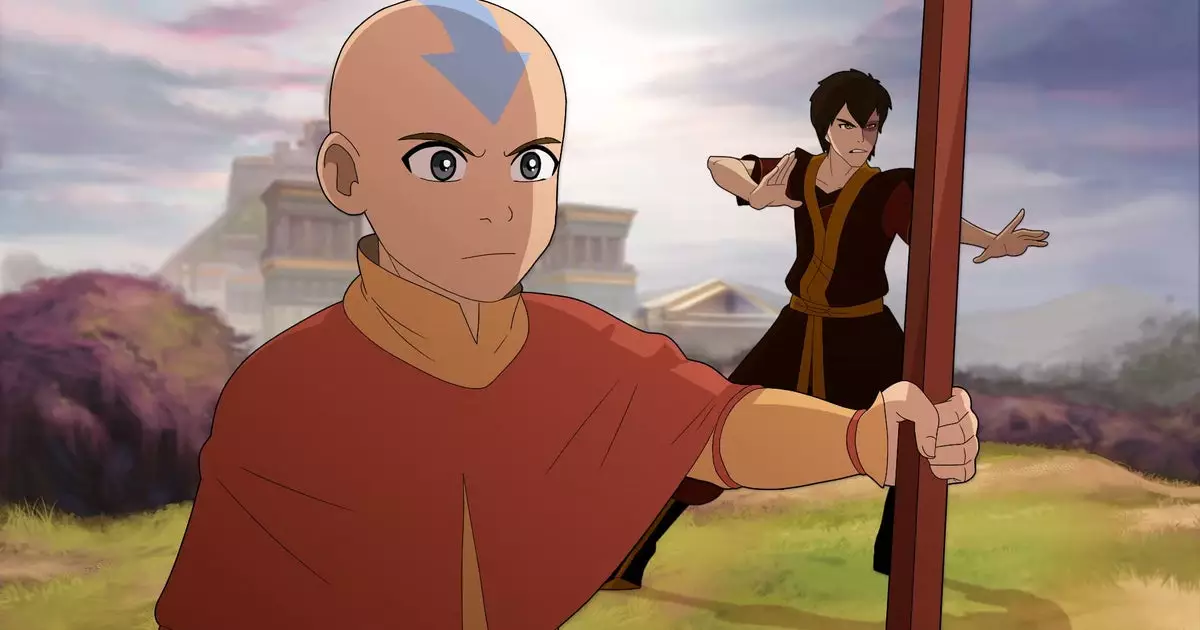The beloved universe of “Avatar: The Last Airbender” has faced numerous hurdles in translating its depth and richness into video game adaptations. With a history of disappointing attempts that failed to resonate with fans, anticipation surrounding the forthcoming action RPG developed by Paramount Game Studios and Saber Interactive is palpable. As they gear up to dive into the “Avatar Legends universe,” a wider array of narratives drawn from the original series, there emerges a renewed hope that this time, the adaptation will do justice to the intricate storytelling that has enraptured audiences for nearly two decades.
This new game is poised to make history as the largest video game project tied to the franchise yet. This ambitious undertaking is noteworthy not just for its scale but also for the involvement of the original creators of “Avatar,” ensuring that the soul of the series is preserved. The developers intend for players to “master all four elements,” a premise that resonates deeply within the lore of the series. Such an approach suggests a blend of exploration and character development, underlying themes of balance and moral choices that shape the narrative experience. This offers players a chance to engage with the world of bending in a manner that could testify to the series’ themes of harmony and conflict.
“Avatar: The Last Airbender,” since its inception in 2005, has captivated audiences through engaging narratives and complex characters. Aang, the young boy gifted with the power to manipulate all four elements, embodies the series’ core themes of responsibility and growth. While the presence of familiar characters creates a sense of nostalgia, the decision to allow players to create their own heroes opens a vast landscape for personalization and engagement. This choice can lead to a deeper immersion where players aren’t just watching the story unfold but actively participating in its progression and moral undertones.
The historical context of past adaptations, which often struggled with gameplay mechanics and narrative depth, serves as a cautionary tale. Previous attempts, including the ill-fated MMO and mediocre action games, highlighted that rich source material requires meticulous craftsmanship to translate successfully into interactive experiences. The development prowess demonstrated by Saber Interactive, particularly with their recent work on “Space Marine 2,” brings a glimmer of optimism that they might finally hit the mark in fulfilling the potential of the Avatar universe.
While skepticism remains due to previous missteps, this collaboration has the potential to transform “Avatar: The Last Airbender” into a monumental gaming experience. With the right fusion of storytelling, character development, and engaging gameplay, this new entry could usher in a renaissance for the franchise, capturing the imaginations of both old fans and new. As anticipation builds for this fresh endeavor, one can only hope it heralds a victorious era for a series that means so much to many. The journey of the Avatar continues, and this time, it strives to do so in the most powerful way yet.


Leave a Reply